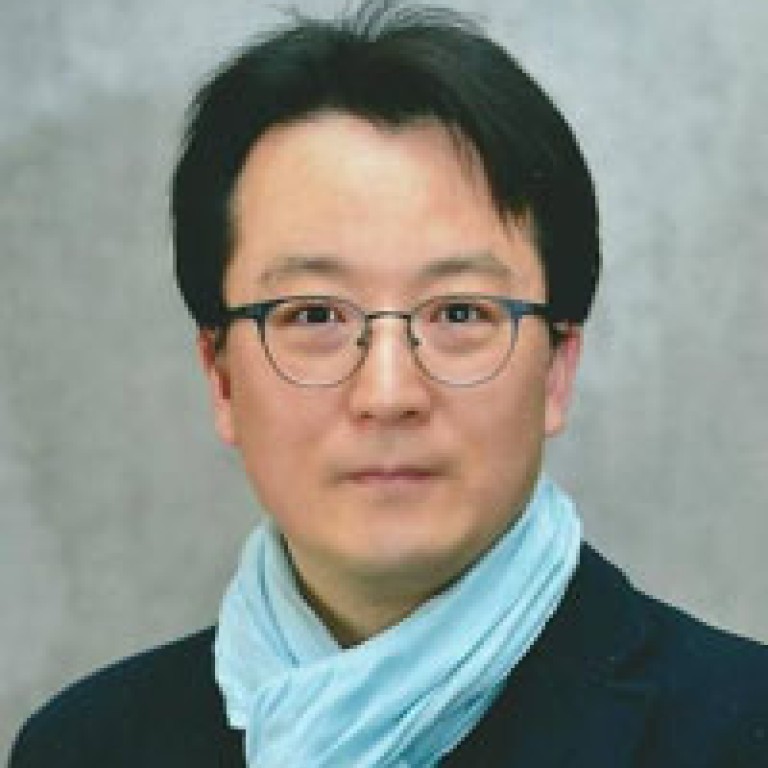
South Korean physicist develops new quantum dot technology
Breakthrough expected to be applied to quantum communication and computing
By Yoon Sung-won
Kyhm Kwang-seuk, a physicist at Pusan National University, has developed new technology that can control two nano-scale quantum dots with light instead of electrical circuits, after tenaciously looking into a scientific observation made more than a decade ago, according to the National Research Foundation of Korea (NRF) Monday.
Expectations are that the new technology is expected to be applied not only to cutting-edge scientific areas such as quantum communication and quantum computing but also to general industries such as quantum-dot display technologies.
“Now we can easily control electron bonding in quantum dots simply by shifting the direction of polarisation of light,” Kyhm said. “As the technology enables effective overlap of more signals, it is expected to be one of the core technologies that can advance quantum communication and quantum computing technologies.”
For the research project, the physicist said he has closely cooperated with Prof. Kim Jong-su at Yeungnam University and Song Jin-dong, a researcher at the Korea Institute of Science and Technology (KIST). The research, which has been supported by the NRF, was published in the international nano technology journal Nano Letters, Wednesday.
Kyhm, who acquired his doctoral degree of physics at Oxford University in 2002, is a specialist in nano-optics technology for semiconductors. He has worked as a professor at Pusan National University’s optics and mechatronics engineering department since June 2013. Before his current position, he used to work at the French national research agency Neel Institute-CNRS and the basic science research of Japan’s NEC.
Quantum dot refers to a nano-scale object that consists of hundreds of artificial combinations of two electrons. It can be widely used for hyper-fine semiconductors, chemical reagents for medical diagnosis and display materials.
Kyhm said the he and his colleagues developed the new quantum dot technology by looking at observation made more than 10 years ago.
“There was an observation made of an unusual phenomenon in quantum dot structures about 10 years ago but it could not be explained based on the technology at that time,” he said. “But we came up with an idea as we were doing other research about dipolar reactions and started to research the old project again. We gradually gained some clues on what we had not been able to understand in the past.”
The physicist’s tenacity and discussions with teammates largely contributed to the scientific achievement.
“While we were proceeding through stages after stages of development, we tried not to rashly publish the results and instead persistently discussed and built models to seek solutions,” he said. “This I believe has added depth to our research.

